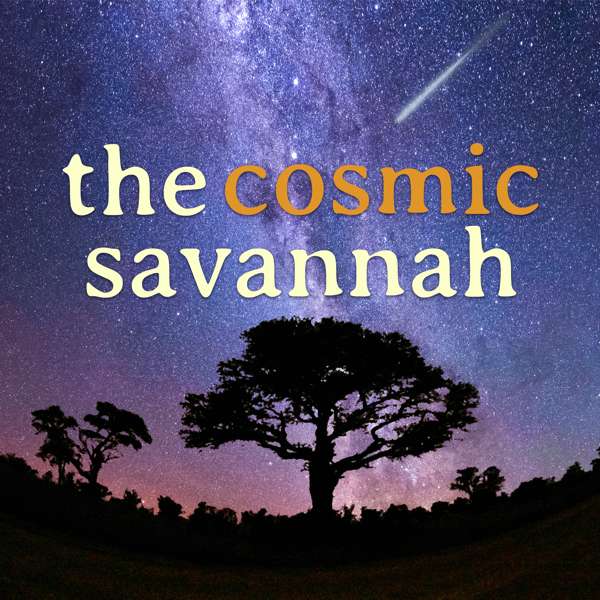Gisnt Binary Stars Locked in Rapid Orbit:
Astronomers are studying a massive, binary star system called NGC 3603-A1, located in a dense, star-forming region. One star is 93 times the sun's mass and the other is 70 times, making them one of the heaviest pairs known. They orbit each other in just 3.8 days, and their intense interaction causes them to change, with evidence showing the smaller star has stolen material from the larger one. The discovery was sparked by an undergraduate student's observation of old Hubble data. Studying this system helps scientists understand how massive stars evolve and how they might eventually collapse into black holes, which could then merge and produce detectable gravitational waves.
Solar Orbiter Reveals Origins of Fast Solar Electrons:
The Solar Orbiter spacecraft has discovered two distinct origins for the Sun's fast-moving electrons, known as solar energetic electrons. Some are produced in sharp bursts from solar flares, while others are released in a slower, broader wave from much larger coronal mass ejections. By observing these events close to the Sun, scientists were able to distinguish between the two types and account for how the electrons get scattered and delayed on their journey through space. This research has practical implications for space weather prediction, as these particles can be dangerous to satellites and astronauts.
Gravitational Waves as an Alternative to Cosmic Inflation:
A new study challenges the theory of cosmic inflation, which proposes that the universe underwent a rapid expansion after the Big Bang. Instead, the researchers suggest that gravitational waves, which are ripples in space-time, could explain the origins of cosmic structures like galaxies and stars. This new model is appealing because it relies on well-established physics and doesn't require unverified, hypothetical elements. The study suggests that the interplay between gravity and quantum mechanics alone might be sufficient to account for the universe's large-scale structure, offering a simpler alternative to the long-standing inflation theory.

 Our TOPPODCAST Picks
Our TOPPODCAST Picks  Stay Connected
Stay Connected







